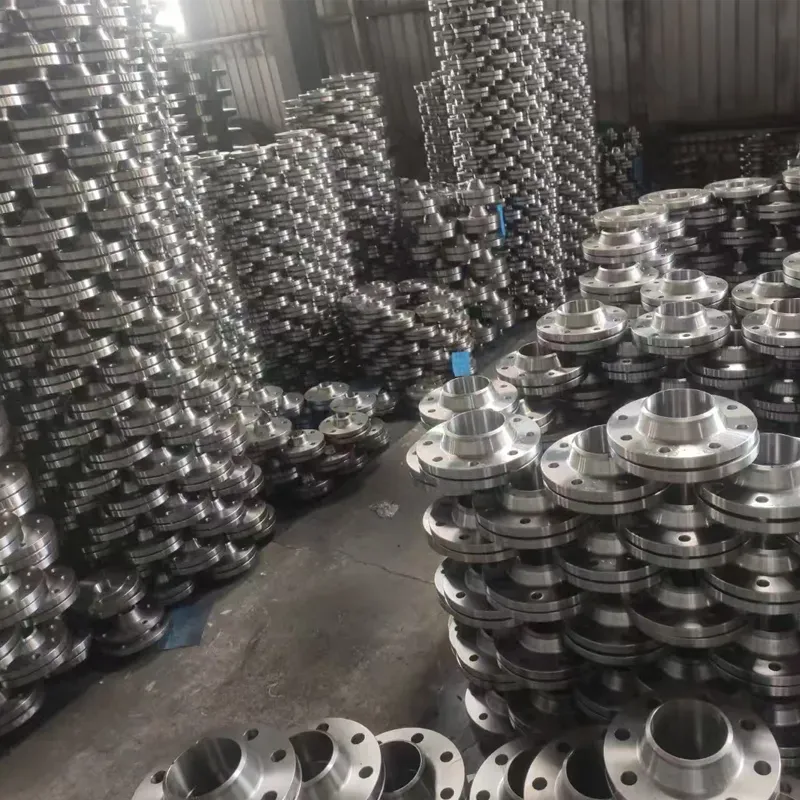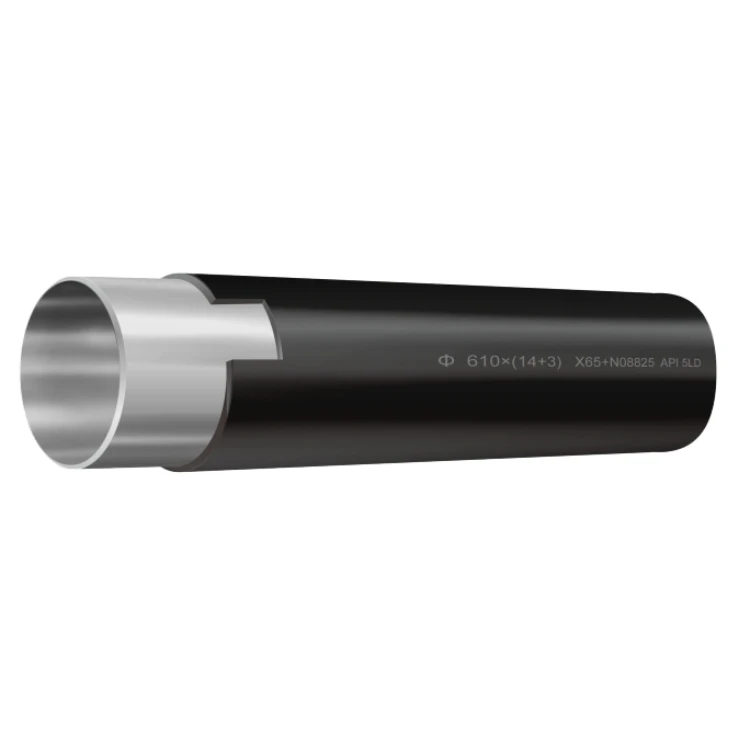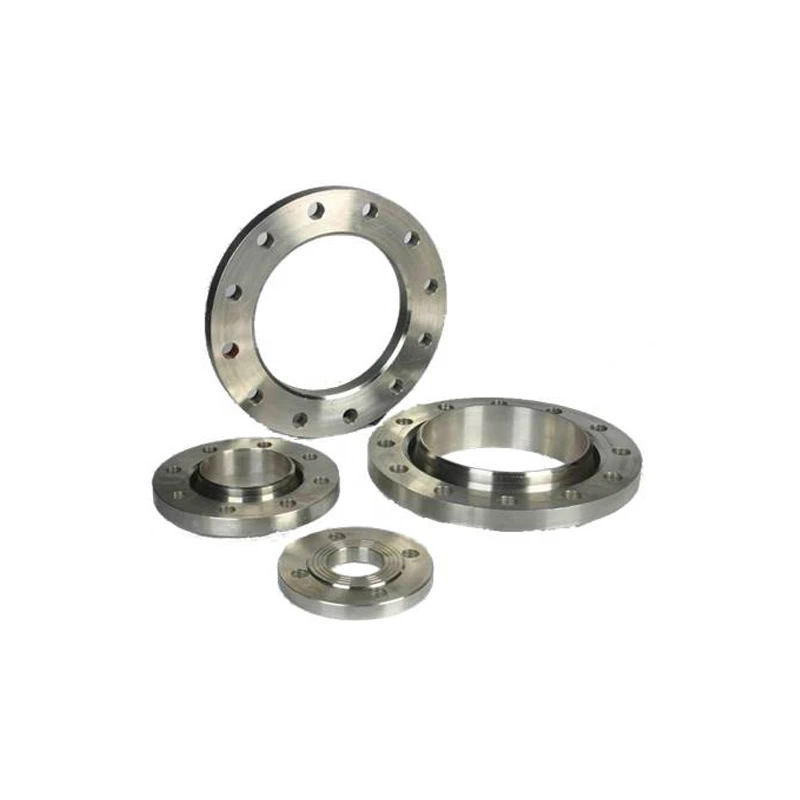Flanges are integral components in various industrial and infrastructure systems, playing a crucial part in connecting pipes, equipment, and ensuring structural integrity while also addressing safety concerns. Different types of flanges serve specific purposes, and understanding their characteristics and applications is essential for maintaining efficient and safe operations across multiple sectors.

The Function and Significance of Filler Flange
In the realm of industrial piping and equipment connections, filler flange serves a unique and important function. A filler flange is often utilized in situations where there is a need to adjust the distance between two mating flanges. For instance, in complex piping systems where minor adjustments in the overall length of the pipeline are required due to installation tolerances or design changes, the filler flange comes into play. It is inserted between the main flanges, providing the necessary spacing. This not only helps in achieving the correct alignment of pipes but also ensures a proper seal, preventing leaks that could lead to fluid or gas loss. By acting as a spacer, the filler flange contributes to the overall stability and functionality of the piping system, enabling it to operate smoothly under various conditions.
Fire Hydrant Flange: Ensuring Safety and Accessibility
Fire hydrant flange is a specialized type of flange that is specifically designed for use in fire hydrant systems. These flanges are engineered to withstand high - pressure water flow, which is essential for the effective operation of fire hydrants during emergencies. The fire hydrant flange provides a secure connection point between the hydrant body and the water supply pipes. It is constructed from durable materials that can resist corrosion and mechanical stress, ensuring long - term reliability. In addition, the design of the fire hydrant flange allows for quick and easy attachment of hoses and other firefighting equipment. This rapid connection capability is crucial in saving precious time during a fire, enabling firefighters to access water promptly and start extinguishing the flames.
Fixed Flange: Stability and Rigidity in Connections
Fixed flange is a fundamental type of flange widely used in industrial applications where a stable and rigid connection is required. Unlike some other flanges that may allow for a degree of movement or flexibility, the fixed flange firmly secures two components together, preventing any relative displacement. In heavy - duty machinery and large - scale piping systems, fixed flanges are employed to ensure that pipes and equipment remain in place under high pressure, vibration, and thermal stress. For example, in petrochemical plants, where pipelines carry highly volatile and hazardous substances, fixed flanges provide the necessary strength and stability to maintain the integrity of the system. Their robust construction and secure fastening mechanism make them a reliable choice for applications where safety and performance are of utmost importance.
Flange Joint: The Heart of Pipe Connections
The flange joint is a key element in the assembly of piping systems. It consists of two flanges, usually bolted together with a gasket in between to create a leak - proof seal. This type of joint offers several advantages, including ease of installation and maintenance. When it comes to flange joint in pipe systems, the design and quality of the joint directly impact the overall performance and reliability of the pipeline. A well - constructed flange joint can withstand high pressures, resist corrosion, and accommodate thermal expansion and contraction. Moreover, the flange joint allows for easy disassembly of the pipeline for inspection, repair, or modification, making it a highly practical and widely used connection method in industries such as oil and gas, water treatment, and manufacturing.
FAQs about Flanges and Flange Joints
How to Select the Appropriate Flange for a Specific Application?
Selecting the right flange depends on multiple factors. For high - pressure applications, materials with high strength and pressure - rating capabilities, such as stainless steel or alloy steel flanges, are preferred. When dealing with corrosive substances, corrosion - resistant flanges made of materials like duplex stainless steel or exotic alloys should be chosen. The type of flange, whether it's a filler flange, fire hydrant flange, fixed flange, or another variant, also needs to be determined based on the specific requirements of the connection, such as the need for flexibility, stability, or special functionality. Additionally, considerations like the size of the pipes, the operating temperature, and the type of gasket to be used all play a role in the selection process.
What Are the Maintenance Requirements for Flange Joints?
Regular inspection of flange joints is essential to ensure their continued reliability. This includes checking for signs of leakage, such as wet spots or fluid stains around the joint. Bolts should be inspected for tightness and any signs of corrosion or damage. Gaskets may need to be replaced periodically, especially if they show signs of wear, cracking, or degradation. In systems where the flange joint in pipe is exposed to harsh environments, additional protective measures like coating the flanges with anti - corrosion materials may be necessary. Proper maintenance of flange joints helps prevent costly leaks, system failures, and potential safety hazards.
Can Flange Joints Be Repaired if They Develop a Leak?
In many cases, flange joints can be repaired if a leak is detected. The first step is to identify the source of the leak, which could be due to loose bolts, a damaged gasket, or corrosion of the flange surfaces. If the leak is caused by loose bolts, they can be tightened to the recommended torque specification. If the gasket is damaged, it will need to be replaced with a new one, ensuring that the correct type and size of gasket are used. In cases of flange surface corrosion, the affected area may need to be cleaned, machined, or repaired using appropriate techniques. However, in some severe cases where the flange is severely damaged, replacement of the entire flange joint may be necessary.



